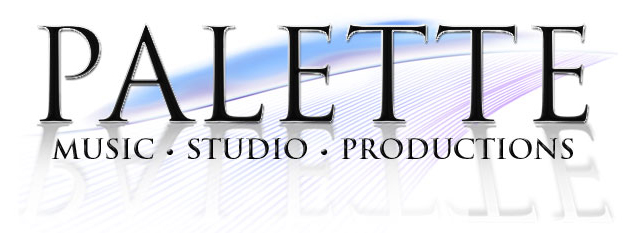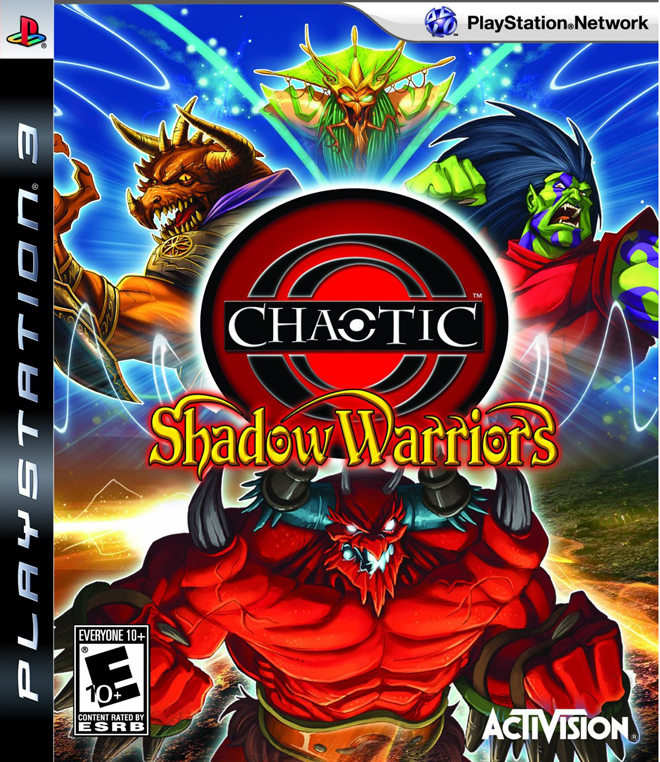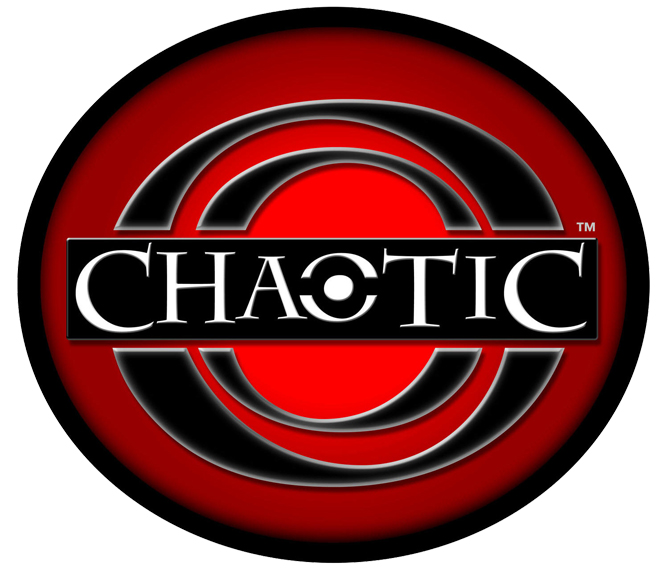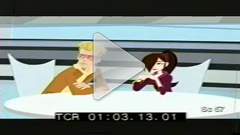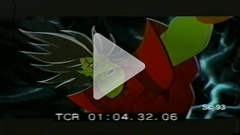Chaotic
Skills:Before & After
Show: Chaotic
4Kids Entertainment
Music Editor / Composer: Jeff Silverman
Before:
This is how I receive the picture from the post house. The only thing I have to work with is dialogue. The music cues are then added in, one at a time, second by second in order to properly hit to picture and tell the story with music. My challenge and goal is always to make the score feel like it was composed from scratch by the composers. You can view what the end result of this build sounds like after my editorial. This example was completely edited. No original score to picture was done at all.
Re: Avid Pro Tools snapshot of this session:
This example is completely edited with existing library cues scored from previous shows. The Avid Pro Tools section of this example shows the wall to wall music approach and stacking of cues upon other cues I had to implement in order to make the music work to picture. Hitting on as much action as possible was the M.O. The music played a VERY important role in “saving” the picture, which wasn’t all that much to look at during the beginning stages of the show. It later became better but the Flash Animae as you can easily see, was stiff to start with.
The music library for Chaotic started out with me building a LikeaReel and temping music into picture (pencil drawing stills for the most part) from several different movie soundtracks I found. After that, 4Kids, for the first time, scored and recorded a “pre library” performances by a live orchestra. There were several different moods that were composed explicitly for editorial.
As a music editor, I was able to get in on the ground floor of the “style” of music that was going to be used on the show. As I was the only music editor to start with, I had a wide field to work in.The initial “pre library” cues were done via midi and then sent to a copyist, where he/she adapted the music to a live orchestra. Later on in the show, I was able to incorporate the midi stems as well as their counterpoint live interpretation, in order to get even more ammo and to keep each show sounding fresh.
After all the pre and some post production work was done on the “pre library,” the first 5 shows were mostly composed to picture with a few extremely talented composers via their midi rigs/library and me adding just a little bit of “pre library” cues to augment their build. After those shows were aired, the new cues were sent to me with a very carefully planned out group of break out stems so I could begin editing more and more of the each episode until by the 10th episode, I was then up to approx 95% – 100% editorial.
This was the most organized approach to a customer “pre library” geared for the music editor that I had ever been a part of in the 6 years I worked with 4kids. The file management that I developed for the company also helped to make the music delivery much more useful; and productive. Combining cues with other cues became a big part of the editorial process.
I was also under contract as a composer for all the shows I worked with 4Kids, giving me the luxury to help compose/glue some of the cues together on the spot and in some instances, fill in some of the missing gaps in the library. Creating new themes utilizing the existing stems from other cues helped in the character development of each show. Since each show had a new “bad guy,” I was able to make up new “hooks” and themes for them as well.
The bottom line to the theory behind what I do as a music editor, is more music ends up being placed into each episode, giving the composers the luxury to work less and make more back end performance money. They were then able to move onto the next show and begin the process all over again! The end result is there is less money spent on the production of the music but everyone wins with more residual income. I call that a win win situation for all concerned! Clients included of course!
